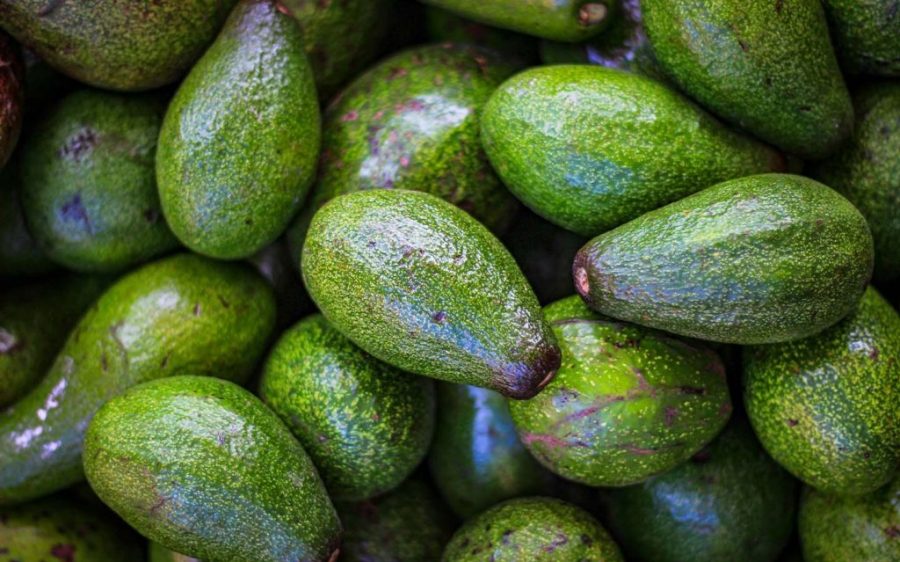Droughts in many of the world’s top avocado producing nations are intensifying due to climate change. A new report shows there could be a major shift in where the water-loving fruit gets grown in the next 25 years, along with a drop in overall supply.
Production in what are currently considered premium areas is expected to decline by between 14 and 41 percent by 2050, according to studies cited in the UK-based charity Christian Aid’s latest report, Getting Smashed: The climate danger facing avocados.
Avocados are a notoriously thirsty crop, mainly grown for export, and have come under fire for their high water footprints. It takes around four times as much water to grow avocados than it does oranges, for example. Growing the fruit commercially often stresses aquifers in countries where water resources are already stretched, such as Mexico, Chile and Spain.
[See more: 2024 food trends and where to find them in Macao]
Christian Aid’s report also found that an overall reduction in global supply was likely to be somewhat offset by “moderately suitable second tier areas” increasing avocado production by between 12 and 20 percent – often in the same countries. In those areas, climate change could actually improve growing conditions by increasing rainfall.
The result: “Avocado production may not be down and out with climate change, but [geographic shifts in growing conditions] would cause major problems for current growers with many being put out of business.”
For consumers fond of smashed avo on toast, fewer avocados on the market would likely lead to higher prices, the report added.






